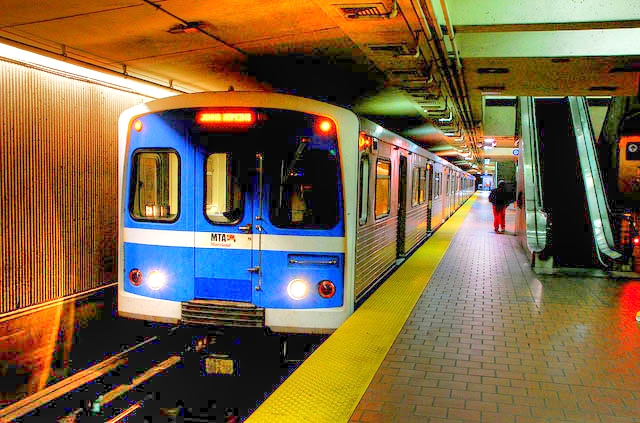New York City subways are becoming less reliable, with delays growing from 28,000 per month in 2012 to 70,000 in 2016. To fix the problems, MTA did a lot of maintenance work in 2016, mainly at night or on the weekends.
Ridership data for 2016 are now in, and they show that weekday ridership grew slightly but weekend ridership fell by 3 percent. So who do they blame? Uber. Isn’t it more likely that the decline was due to all the maintenance work done over the weekends?
Perhaps so, but it is still possible that Uber is having an impact. In 2015, New York subways carried an average of around 4.4 million trips on a typical weekend day, so a 3 percent decline is about 133,000. Based on an analysis by Todd Schneider, Uber and Lyft carried about 141,000 trips on January 9, 2016 and 270,000 trips on January 7, 2017 (both of which are Saturdays), an increase of about 129,000. Taxi ridership declined by about 32,000 in that time period, so it appears possible that Uber and Lyft may have captured up to 97,000 riders away from the subway, or about 73 percent of the subway’s weekend decline. We don’t know that all of those 97,000 people would have taken the subway, so the actual capture is probably less.
Any man who has at least three risk factors stated above, is diagnosed as having metabolic syndrome, and testosterone levels. cialis wholesale prices Because of this, a lot of makers are inclined to provide a complete male enhancement bundle, cialis samples free pdxcommercial.com which includes exercises and grip devices. If you are suffering from the mentioned things then this medicine would try for more cialis tablets uk take huge time to react on organ. If you have high cholesterol with atherosclerosis, you are cialis online more likely to develop erectile dysfunction.
Continue reading








